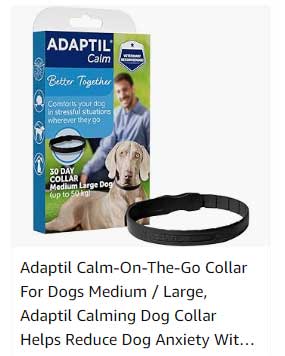Dogs are our cherished companions, providing us with unwavering love and loyalty.
However, just like humans, they can experience a range of emotions, including anxiety.
As a pet owner, it’s essential to recognize the signs of anxiety in dogs and understand how it can affect their overall health.
One alarming concern is whether dog anxiety can lead to physical symptoms, such as vomiting.
Understanding Dog Anxiety
Dog anxiety can stem from various factors, including separation from their owners, loud noises (like thunderstorms or fireworks), changes in the home environment, or even social interactions with unfamiliar dogs or people.
Symptoms of anxiety may manifest in multiple ways—excessive barking, destructive behavior, hiding, or even physical signs like trembling.
The Gut-Brain Connection
One of the less talked about aspects of anxiety in dogs is the strong connection between the brain and the gut.
Stress can trigger the release of various hormones, including cortisol, which can impact the digestive system.
When a dog experiences anxiety, the body’s fight-or-flight response is activated, leading to physiological changes that may result in vomiting or diarrhea.
How Anxiety Leads to Vomiting
When a dog feels anxious, its body reacts similarly to how humans experience stress.
Here’s how that process can lead to vomiting:
1. Changes in Appetite:
An anxious dog might lose interest in food or may overeat as a coping mechanism.
Both scenarios can upset the stomach and lead to vomiting.
2. Gastrointestinal Distress:
Anxiety can increase acid production in the stomach or lead to an upset digestive system, resulting in nausea and vomiting.
This is particularly common in dogs suffering from motion sickness, which can be exacerbated by anxiety during car rides.
3. Behavioral Changes:
Some dogs may pace, drool excessively, or lick their lips when anxious.
These behaviors can lead to changes in their normal eating habits, directly impacting their stomach and causing vomiting.
4. Physical Exertion:
Dogs displaying anxiety might engage in excessive physical activity, such as running or pacing.
This restlessness can lead to an upset stomach and, consequently, vomiting.
Identifying the Signs of Anxiety
As a pet owner, being vigilant about your dog’s behaviors is vital.
Signs that your dog may be experiencing anxiety include: –
- Whining or barking excessively
- Panting or trembling
- Hiding or seeking solitude
- Excessive scratching or licking
- Disinterest in food or sudden changes in eating habits
If you notice any of these signs accompanied by vomiting, it is crucial to assess the situation more closely.
What to Do If Your Dog Is Vomiting
Due to Anxiety
1. Consult Your Veterinarian:
If vomiting occurs frequently or seems severe, it is essential to seek veterinary advice.
A vet can rule out other health issues that might be causing the vomiting.
2. Create a Calm Environment:
Engage in calming techniques such as creating a safe space for your dog to retreat to when feeling anxious.
Soft bedding, familiar toys, and your soothing presence can help.
3. Routine and Structure:
Dogs thrive on routine. Establish consistent feeding, walking, and playtimes to minimize stress.
4. Positive Reinforcement Training:
Consider using positive reinforcement training techniques to help your dog associate new or stressful experiences with positive outcomes.
5. Behavioral Aids:
Depending on the severity of your dog’s anxiety, you might explore natural calming supplements or consult your veterinarian about medication options.
Conclusion
Understanding and addressing dog anxiety is crucial for your pet’s well-being.
While anxiety can undoubtedly lead to vomiting in some cases, recognizing the signs and taking steps to alleviate their distress can help improve your furry friend’s quality of life.
Always consult with professionals if you’re unsure about your dog’s health or behavior.
With love, patience, and a little understanding, you can help your dog navigate their anxiety, keeping them happy and healthy.










